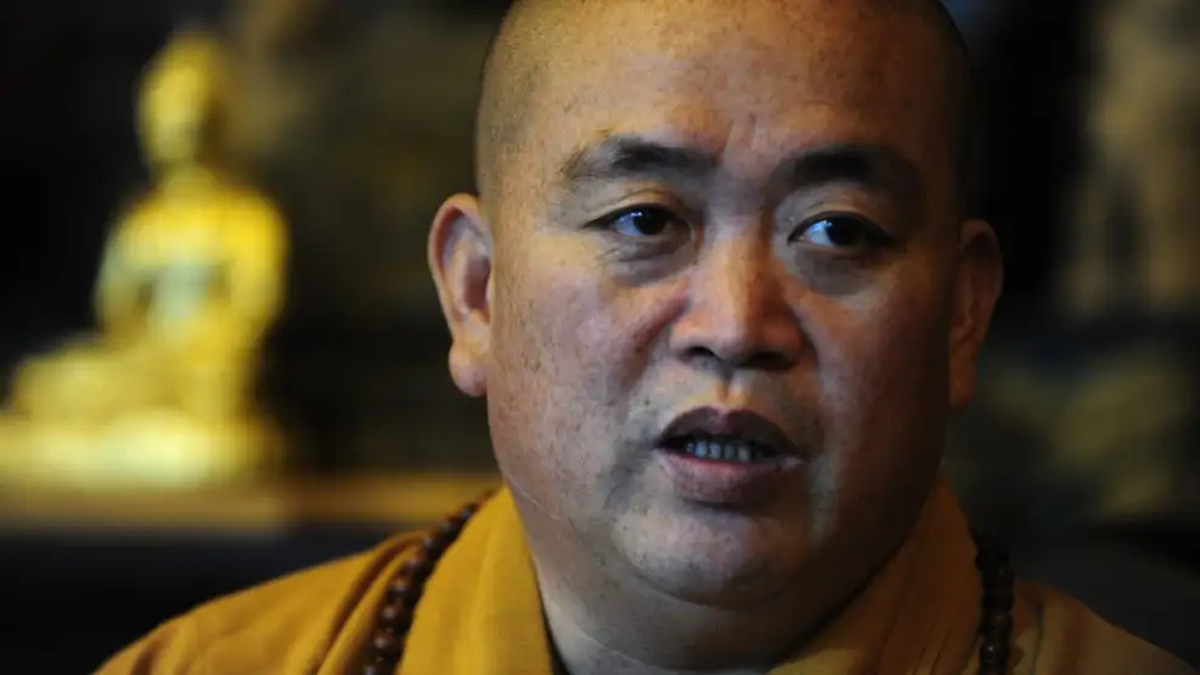A violent explosion destroyed an important dam near the Ukrainian city of Nowa Kakhovka. The word war crime falls. But responsibility and motive initially remain unclear.
The explosion at the Kakhovka Dam is another terrible low point in Russia’s war of aggression against Ukraine, which has been going on for more than 15 months. After the destruction of the adjacent hydroelectric power station, there are still many unanswered questions.
what we know
The area: The Kakhovka dam and the adjacent hydroelectric power station are located in the city of Nowa Kakhovka in the Russian-occupied part of the Ukrainian region of Kherson. Russia invaded neighboring Ukraine in February 2022 and then occupied the Cherson region. However, the regional capital of the same name is under Ukrainian control, while cities south of the Dnipro such as Nowa Kakhovka are in Russian hands. The river, which roughly represents the front line in this area, is being dammed in Nowa Kachowka for the sixth and last time before the Black Sea for a length of 200 kilometers.
The devastation: After a heavy explosion at the important dam, the adjacent hydroelectric power station is also affected, according to both warring parties. The dam, which was located near the war front and was put into operation in the mid-1950s, has been destroyed. The hydroelectric power plant is also completely ruined. It is believed that the dam was blown up. According to Ukrainian President Volodymyr Zelenskyy, the detonation took place early Tuesday morning around 02:50 a.m. local time (01:50 a.m. CEST).
The past: It has long been feared that the dam could be destroyed and the area flooded. It’s not the first time he’s been the target of attacks. In autumn 2022, for example, Ukrainian forces attacked the bridge over the dam with precision strikes and disrupted Russian supplies. Russian troops, on the other hand, had caused further considerable damage during retreats with controlled demolitions. Soon the bridge was no longer passable. There was particular concern when the occupiers announced the evacuation of Nowa Kakhovka in November.
The nuclear power plant: The International Atomic Energy Agency (IAEA) and the Russian nuclear company Rosenergoatom agree that there is no immediate danger for the Zaporizhia nuclear power plant at the northern end of the reservoir. According to the IAEA, however, measures are being taken in the nuclear power plant occupied by Russia to continue operating the cooling systems, which are normally fed with the dammed water. Reactor cores and nuclear waste must be prevented from dangerously overheating.
What we don’t know
Responsibility: Moscow and Kiev blame each other for the explosion. While Ukraine accuses Russia of state terrorism and compares the act to the use of a weapon of mass destruction, Moscow accuses Ukrainian troops of shelling and deliberate sabotage. Neither side has provided any evidence so far. The West also blames Russia for the crime. Chancellor Olaf Scholz (SPD) accuses Moscow of increasingly attacking civilian targets. For NATO Secretary General Jens Stoltenberg, the crime shows “once again the brutality of Russia’s war in Ukraine.” British Foreign Secretary James Cleverly calls it a “war crime”.
The motive: There is speculation that the incident could be a Russian act of sabotage to slow down a Ukrainian counter-offensive. Moscow denies that. The floods are particularly affecting the Russian-held region south of the Dnipro River, which is said to be a key target of such a possible advance. The military expert Carlo Masala from the Bundeswehr University in Munich sees Russia as responsible in an interview with “t-online”. Moscow wants to hinder a counter-offensive by Ukraine.
The effects: It is still unclear to what extent the floods will devastate the area. Large parts of the region could be under water. The city of Cherson is about 50 kilometers downstream as the crow flies. Shortly after the explosion, Ukrainian Prime Minister Denys Schmyhal spoke of a risk of flooding for up to 80 towns.
Scientists from the Magdeburg-Stendal University of Applied Sciences calculated in an early model that 60,000 people could be affected, about a third of them at risk. According to the governor of the Kherson region, Olexander Prokudin, 16,000 people are in the danger zone. The EU spoke of hundreds of thousands of civilians whose lives are at risk. There is no information about possible injuries.
The environmental catastrophe: According to information from the Ukrainian leadership, which cannot be independently verified, at least 150 tons of machine oil leaked into the Dnipro River. 300 more tons of oil threaten to leak. Flora and fauna will certainly also be affected.
The supply: Southern locations and also the Black Sea peninsula of Crimea, which was annexed by Russia, could face a water supply shortage; because they are supplied from the Kachowka reservoir. That will become apparent in the coming days. Villages upstream could also be affected if the huge water reservoir, for example for agriculture, is missing. The destruction of the hydroelectric power station could also contribute to Ukraine’s energy problems.
Source: Stern
I have been working in the news industry for over 6 years, first as a reporter and now as an editor. I have covered politics extensively, and my work has appeared in major newspapers and online news outlets around the world. In addition to my writing, I also contribute regularly to 24 Hours World.




